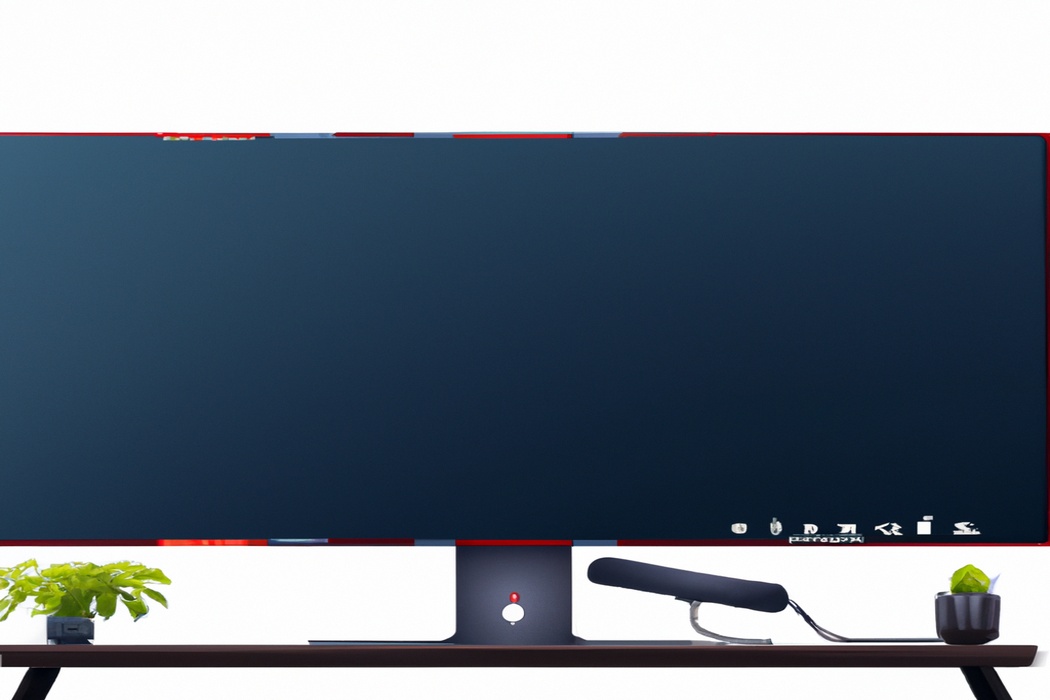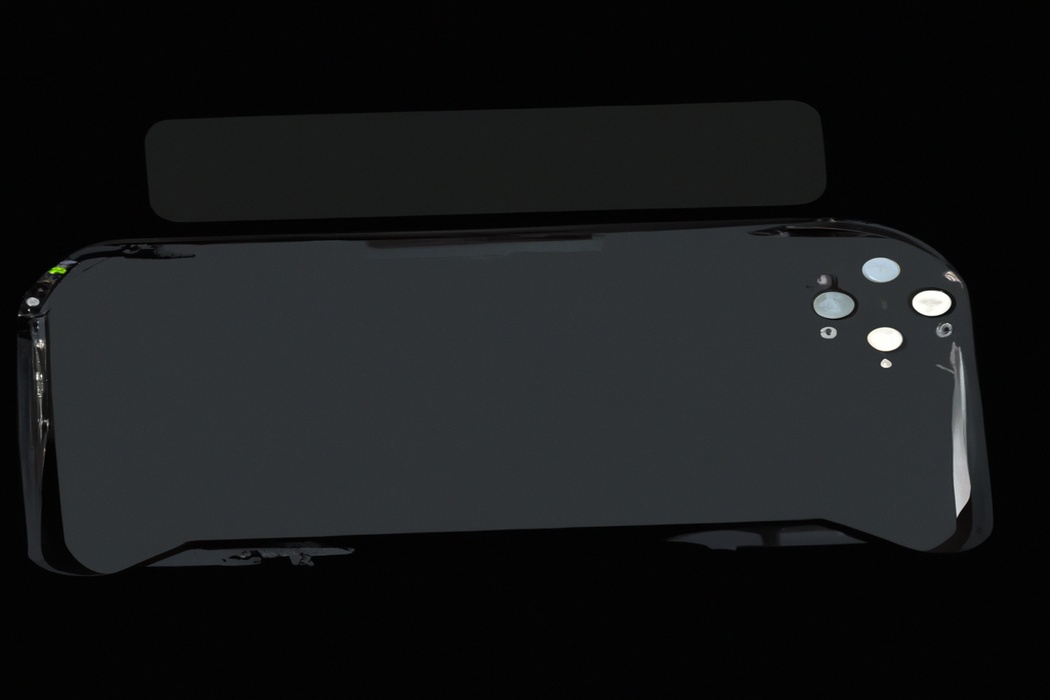Key Takeaways:
- The best resolution for Twitch streaming depends on your internet connection and computer’s capabilities.
- 720p at 30 frames per second is a popular resolution for beginners, while experienced streamers often opt for 1080p at 60 frames per second.
- Choosing the optimal resolution ensures a smooth streaming experience for your viewers, while keeping the quality of your content high.
- Experimenting with different resolutions and seeking feedback from viewers can help you determine the best resolution for your Twitch streaming setup.
Are you looking to elevate your Twitch streaming game and captivate your viewers with stunning visual quality? Choosing the right resolution is the key to delivering a top-notch streaming experience.
But with so many options out there, it can be overwhelming to determine the best resolution for your setup.
In this blog, we’ll dive into the factors you need to consider, recommended resolutions, and tips for optimizing your stream quality. Get ready to take your streaming to the next level and create an unforgettable viewing experience for your audience.
Let’s dive in!
| Resolution | Recommended Bitrate (in kbps) | Maximum Bitrate (in kbps) | Aspect Ratio |
|---|---|---|---|
| 720p | 2500-4000 | 6000 | 16:9 |
| 1080p | 4000-6500 | 9000 | 16:9 |
| 1440p | 8000-13500 | 14000 | 16:9 |
| 4K | 13000-22000 | 25000 | 16:9 |
Factors to Consider for the Best Resolution
When determining the best resolution for Twitch streaming, there are several factors you should consider.
These factors include your internet connection speed, computer hardware requirements, and viewer compatibility.
Internet Connection Speed
Internet connection speed is a key factor for a smooth Twitch streaming experience. A fast and stable internet connection ensures that your stream doesn’t lag or buffer, providing a seamless viewing experience for your audience.
It’s recommended to have a minimum upload speed of 5 Mbps for streaming at 720p, but for higher quality streams like 1080p or 4K, faster upload speeds are necessary.
You can check your internet speed using online tools and consider upgrading your plan if needed. Additionally, using a wired connection instead of Wi-Fi can often provide a more reliable and faster connection.

Computer Hardware Requirements
To ensure a smooth and high-quality Twitch streaming experience, there are a few hardware requirements you should consider.
Firstly, a powerful processor is essential for handling the demands of streaming.
You should aim for at least a quad-core CPU.
Secondly, having sufficient RAM, preferably 8GB or more, will help the system run smoothly.
Additionally, a dedicated graphics card is crucial for handling the rendering and encoding tasks.
Lastly, make sure your internet connection is fast and stable to avoid any disruptions during the stream.

Viewer Compatibility
Viewer compatibility is a key consideration for achieving the best resolution for Twitch streaming.
To ensure an optimal experience for your viewers, it’s important to choose a resolution that is supported by a wide range of devices and internet connection speeds.
By selecting a resolution that strikes a balance between quality and accessibility, you can ensure that your content can be enjoyed by as many viewers as possible.
Additionally, it’s important to periodically assess viewer feedback and make adjustments as needed to accommodate any compatibility issues that may arise.

Recommended Resolutions for Twitch Streaming
For Twitch streaming, there are recommended resolutions to maximize your viewing experience: 720p, 1080p, and 4K.
720p (1280×720 pixels)
720p resolution, also known as 1280×720 pixels, offers a great balance between video quality and streaming performance on Twitch. With this resolution, you can enjoy sharp visuals and smooth motion while broadcasting your gameplay. It is a popular choice among streamers as it ensures a clear and enjoyable viewing experience for your audience. Its compatibility with most devices and internet connections makes it a reliable option for streaming on Twitch.
1080p (1920×1080 pixels)
1080p resolution, also known as 1920×1080 pixels, is highly recommended for Twitch streaming. It provides a crisp and clear picture quality, allowing viewers to fully enjoy your content. With this resolution, you can showcase details and capture the attention of your audience. It’s a popular choice among streamers and offers a great balance between quality and performance. Streaming at 1080p ensures that your viewers have a high-quality experience and can fully immerse themselves in your content.
4K (3840×2160 pixels)
4K resolution, which refers to a display resolution of 3840×2160 pixels, is an excellent choice for Twitch streaming. It offers incredibly sharp and detailed visuals, enhancing the overall viewing experience for your audience. With 4K, your stream will have a professional and polished look, attracting more viewers and potentially increasing your followers. However, keep in mind that streaming in 4K requires a powerful computer setup and a strong internet connection to ensure smooth broadcasting.
Choosing the Best Resolution for Your Setup
To choose the best resolution for your setup, consider your internet connection speed, computer hardware, and viewer preferences.
Assessing Your Internet Connection Speed
Assessing your internet connection speed is essential for a smooth Twitch streaming experience. Begin by conducting a speed test using a reliable online tool.
Make sure you test both your download and upload speeds.
For Twitch streaming, a minimum upload speed of 3-4 Mbps is recommended, but higher is always better. If your current speed falls short, consider upgrading your internet plan or optimizing your network settings.
Don’t forget to perform regular speed tests to ensure consistency.
Evaluating Your Computer Hardware
Evaluating your computer hardware is a key step in determining the best resolution for Twitch streaming. Here’s what you need to consider:
- Processor: Look for a fast and powerful CPU to handle the encoding and streaming process smoothly.
- Graphics card: A good GPU is essential for handling high-quality graphics and ensuring smooth gameplay.
- RAM: Sufficient memory is important for multitasking and running the necessary streaming software without lag.
- Internet connection: A stable and high-speed internet connection will prevent buffering and ensure seamless streaming.
- Storage: Opt for a fast and ample storage solution to store your game files and recorded streams.
Remember to check the recommended system requirements for streaming software and consult with other experienced streamers to get an idea of what hardware works best for Twitch streaming.
Considering Viewer Preferences
When thinking about viewer preferences for your Twitch streaming, it’s important to consider what your audience wants.
Here are a few factors to keep in mind:
- Quality: You want your stream to be clear and crisp, so opting for a higher resolution can enhance the viewing experience.
- Compatibility: Take into account the devices that your viewers are using to watch your stream. Ensure your resolution is compatible with most devices.
- Bandwidth: Not all viewers have access to high-speed internet, so consider using a resolution that won’t strain their bandwidth.
- Chat interaction: If you prioritize viewer interaction, lower resolution may be preferable as viewers can simultaneously watch your stream while participating in the chat.
Remember, in the end, it’s all about catering to your audience’s needs and providing them with an enjoyable streaming experience.
Tips for Optimizing Stream Quality
Optimize your stream quality with these tips.
Adjusting Bitrate Settings
Adjusting bitrate settings is an important aspect of optimizing your stream quality. To ensure a smooth streaming experience, you need to find the right balance between bitrate and internet connection stability.
Lower bitrate settings help if you have limited bandwidth, but your stream quality may suffer.
Higher bitrate settings provide better video quality, but require a stronger internet connection. Experiment with different bitrates to find the optimal setting for your stream quality and internet capabilities.
Using Efficient Encoding Software
When it comes to streaming, using efficient encoding software is key.
It ensures that your stream quality remains high while minimizing the strain on your computer’s resources.
One popular choice for encoding software is OBS Studio, which is free and offers excellent performance.
Another option is XSplit, which has a user-friendly interface and advanced features.
Both of these software options allow you to customize your encoding settings to find the right balance between stream quality and performance.
Testing and Monitoring Your Stream
To ensure the optimal performance of your stream, it is essential to regularly test and monitor it.
Here are some key steps you can take:
- Test your equipment: Check that your internet connection, hardware, and software are all working properly. Use speed test tools to ensure your upload speed is sufficient for streaming.
- Monitor your stream quality: Keep an eye on your stream’s bitrate, resolution, and frame rate. Make sure they are all stable and not fluctuating excessively. Use monitoring tools or Twitch’s live dashboard to keep track of these metrics.
- Check for dropped frames: Dropped frames can significantly impact the quality of your stream. Monitor your stream for any dropped frames and troubleshoot the issue if necessary.
- Engage with your viewers: Lastly, pay attention to viewer feedback. Ask your viewers about the quality of your stream and if they notice any issues. Their input can be valuable in identifying and addressing any potential problems.
By regularly testing and monitoring your stream, you can ensure a smooth and high-quality experience for both you and your viewers.
Frequently Asked Questions
What is the recommended bitrate for streaming on Twitch?
The recommended bitrate for streaming on Twitch is 4,500 – 6,000 Kbps (kilobits per second) for a 1080p resolution at 60 frames per second (fps).
This ensures a high-quality stream with minimal buffering and smooth gameplay.
However, it’s important to note that your internet connection and computer capabilities can affect the overall streaming quality, so it’s recommended to test different bitrates and settings to find the optimal balance for your setup.
Can I use higher resolutions if I have a powerful computer and fast internet?
Absolutely! If you have a powerful computer and fast internet, you can definitely use higher resolutions for Twitch streaming. A powerful computer can handle the processing power needed for higher resolution streaming, and fast internet ensures smooth and uninterrupted streaming.
However, keep in mind that higher resolutions require more bandwidth, so make sure your internet connection can handle it without causing lag or buffering issues.
Why is resolution important in streaming?
Resolution is important in streaming because it determines the quality of the content your viewers will see. A higher resolution means a clearer and more detailed image, making the viewing experience more enjoyable.
It also affects the overall professionalism of your stream.
However, streaming at a higher resolution requires more bandwidth and processing power, so it’s important to find the right balance based on your internet connection and hardware capabilities.
Final Verdict
Choosing the best resolution for Twitch streaming requires careful consideration of several factors such as internet connection speed, computer hardware requirements, and viewer compatibility. Recommended resolutions include 720p, 1080p, and 4K, depending on your setup and audience preferences.
To optimize stream quality, adjust bitrate settings, use efficient encoding software, and regularly test and monitor your stream.
Overall, selecting the right resolution ensures a smooth and enjoyable viewing experience for your audience.
